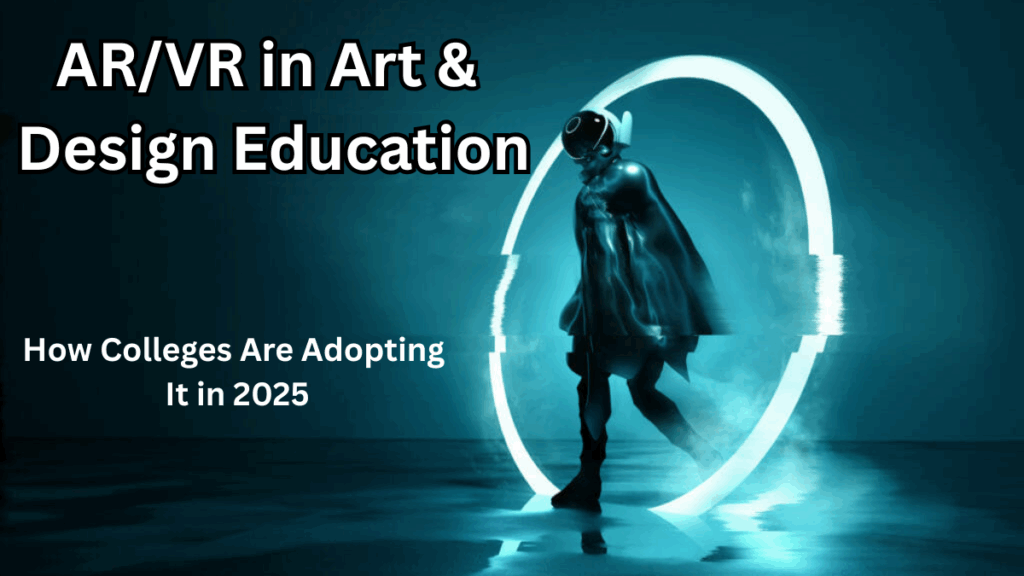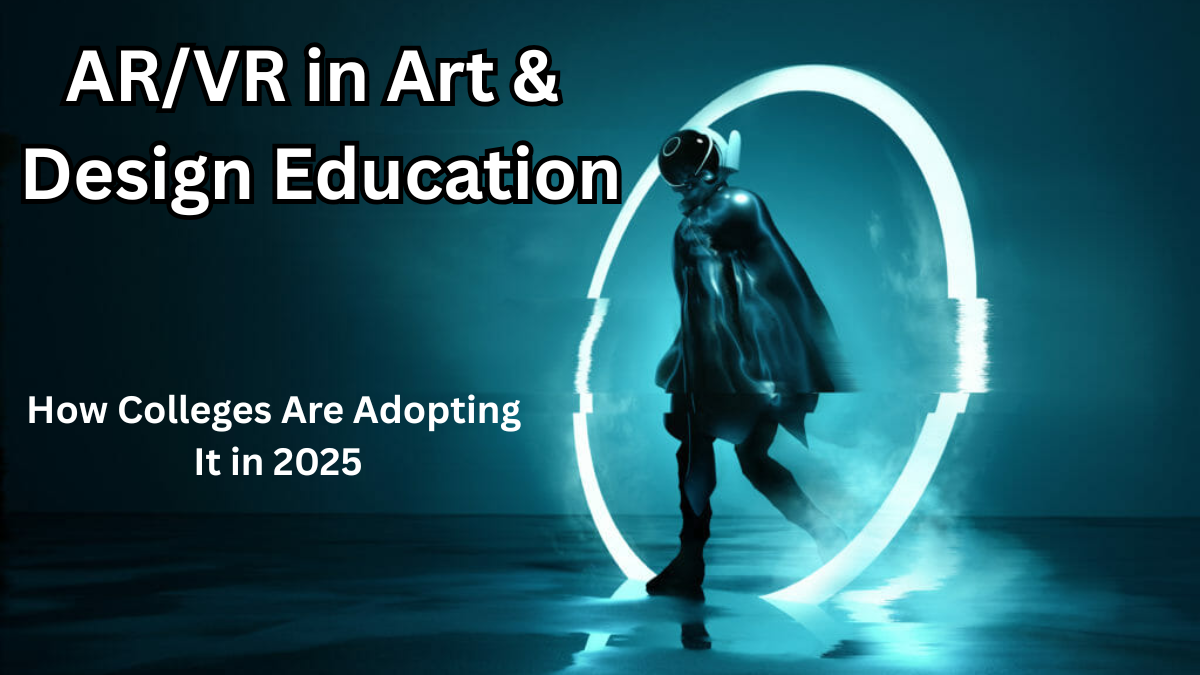The world of art and design education is undergoing a revolution, thanks to the rapid integration of AR/VR in Design Curriculum. By 2025, colleges worldwide are embracing immersive tools that bring creativity to life like never before. From interactive 3D modeling to virtual galleries, immersive learning 2025 is redefining how students create, collaborate, and experience design.

Why AR/VR is Transforming Art & Design Education
Gone are the days when learning was limited to static textbooks and physical models. AR (Augmented Reality) and VR (Virtual Reality) are enabling students to dive deep into a fully interactive learning environment.
Here’s why it’s gaining popularity:
-
Real-time creativity: Students can visualize their concepts in 3D instantly.
-
Global collaboration: Virtual studios allow cross-border teamwork with ease.
-
Experiential learning: Design concepts are no longer abstract—they can be experienced.
-
Cost efficiency: Virtual labs and studios reduce the need for expensive physical setups.
How Colleges Are Adopting AR/VR in 2025
In 2025, top art and design colleges are reimagining their teaching methods with AR/VR in Design Curriculum.
Key adoption strategies include:
-
Virtual Classrooms & Studios: Students attend live, interactive sessions in fully immersive environments.
-
3D Modeling & Prototyping: Virtual tools enable quick prototyping and adjustments without wasting materials.
-
AR-Enabled Exhibitions: Students can showcase their work in virtual galleries accessible to a global audience.
-
Skill-Based Training: Hands-on VR projects help learners develop real-world design skills.
Immersive Learning 2025 – What It Looks Like
Imagine walking through a museum you designed—without leaving your room. That’s the power of immersive learning 2025. Students are:
-
Experimenting with textures, colors, and shapes in real-time.
-
Presenting projects in 360-degree virtual environments.
-
Collaborating with industry experts through virtual workshops.
AR/VR Benefits for Art & Design Students
| Benefit | Impact |
|---|---|
| Enhanced Creativity | Helps students experiment without limits. |
| Global Exposure | Access to virtual exhibitions worldwide. |
| Interactive Learning | Makes design education highly engaging. |
| Industry Readiness | Prepares students for future workspaces. |
The Future of AR/VR in Design Curriculum
With AR/VR in Design Curriculum becoming the norm, future designers will have access to tools that enhance creativity and collaboration like never before. In the coming years, expect:
-
Fully immersive virtual campuses.
-
Partnerships with design software companies for cutting-edge tools.
-
Courses tailored for AR/VR-based design careers.
FAQs
1. How is AR/VR improving art and design education in 2025?
It allows students to experience design concepts in 3D, collaborate globally, and engage in practical, hands-on projects using immersive tools.
2. Are AR/VR tools expensive for colleges to adopt?
While initial setup can be costly, virtual environments significantly cut expenses for labs, materials, and physical setups in the long run.
3. How does immersive learning 2025 benefit students?
It provides experiential learning, allowing students to test, explore, and present their creative ideas in realistic virtual spaces.
4. Will AR/VR replace traditional art and design methods?
No. It complements traditional methods, offering a blend of hands-on artistry and digital innovation for a well-rounded design education.
Click here to learn more
